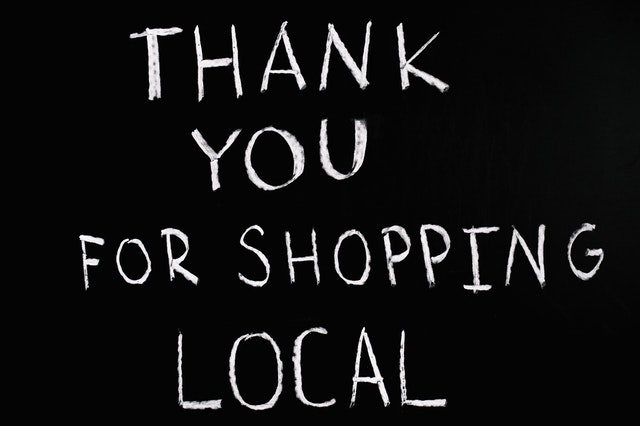About Us
Our team genuinely love design, development and strategy for online success.
Our Services
Our team of experts will guide you through your project using the following services.
If only we could have entered 2020 with a crystal ball prediction of what lay ahead… Thankfully, the team at Shopify have given us just that for 2021. What legends.

Shopify released their research on The Future of Commerce, 2021 this month and it’s an excellent read. Whilst we all know that 2020 has been a huge year of change for us in eCommerce, Shopify has collated their data from over 1 million merchants and consumers globally for the year and made some predictions for 2021. We’ve done our best to round up the 32-page report below.
1.Young consumers saw the highest shift to online spending and will change the way brands do business.

As a brand, meeting your customer where they are and providing them with a solution should be at the forefront of everything you do. If it isn’t, you better get to it quick smart for 2021. The data shows that consumers are now more reluctant to shop in-store (37% of New Zealander’s) and majority are now shifting their spending to online only (54% of Kiwi’s since March).
Globally, younger consumers are making the biggest switch to online. Over half changed more of their shopping habits to online since the beginning of the pandemic when compared to earlier in the year.
2. Physical retail as we know it will transform, giving local businesses new advantages.
Resilient retailers will look to technology and experiences to meet customer’s needs.
In the height of the global pandemic, merchants had to move swiftly to adapt to changed shopping habits from consumers. 94% of Shopify Merchant’s POS (Point of Sale) sales that were lost in the first 6 weeks were made up entirely with online sales.
Of those who still offered in-store services, 62% of consumers feel more comfortable making in-store purchases with merchants who offer digital or contactless payments.

There was also huge growth for merchants who allowed customers to select curbside pick up or local delivery. From May to August 2020, when given the choice for local pickup of delivery, online shoppers spent 25% more and had a 25% higher cart size.
3. Consumers expressed the desire to shop with independent businesses but still purchase from marketplaces for convenience.
With concerns for the local economy grew as a result of nationwide lockdown laws, consumers turned to support local and small businesses who needed it most.

Convenience and speed is still a deciding factor for consumers, with 59% of online shoppers saying that free delivery would improve their shopping experience. Further to this, 23% are frustrated when they have to pay extra for shipping.
Shoppers are no longer interacting with brands only through their website. Conversational commerce has seen huge growth this year, with the brand to consumer touchpoints expanding into social media channels and online chat functionality. From March 16 to July 1 Sales attributed to chat increased by 185%.
4. More consumers will vote with their wallets.
Brands must demonstrate authenticity, transparency, and accountability as consumers increasingly support local businesses and sustainable products. With so many brands and products to choose from, consumers are increasingly making purchasing decisions based on brand ethics and sustainability.
In New Zealand,
5. Modern financial solutions will disrupt business and consumer banking, finance, and lending.
Speed and access to capital, faster ways to pay with digital wallets, and more flexible payments like instalments will grow in popularity.

Ease of use and simplicity with banking is a large factor for merchants choosing a partner bank. 48% Of merchants say that a “good online banking or mobile app experience” is one of their top 3 most important features when considering a bank for their business, which was second only to “low banking fees.”
The growth of buy now, pay later options for merchants was significant in 2020. The number of Shopify merchants who offer buy now, pay later has increased by 60% since the start of the pandemic. Interestingly, among households that have made a purchase using buy now, pay later, 80% of high-income households have used it more than once, compared to over 50% of lower-income households using it just once.
So, what does all of this mean heading into 2021?
As a merchant, being agile, ready to change and scale is crucial to success. Having sound knowledge of consumer behaviour and where they want to shop for your product or service will empower you to meet their needs, when and wherever they are.
None of us could have predicted the events of 2020, and who knows what lies ahead of us in 2021. Equipping yourself with the right data, digital partner and mindset should set you in the right direction, wherever that might be in 2021.
To read the full report from Shopify – Click Here.